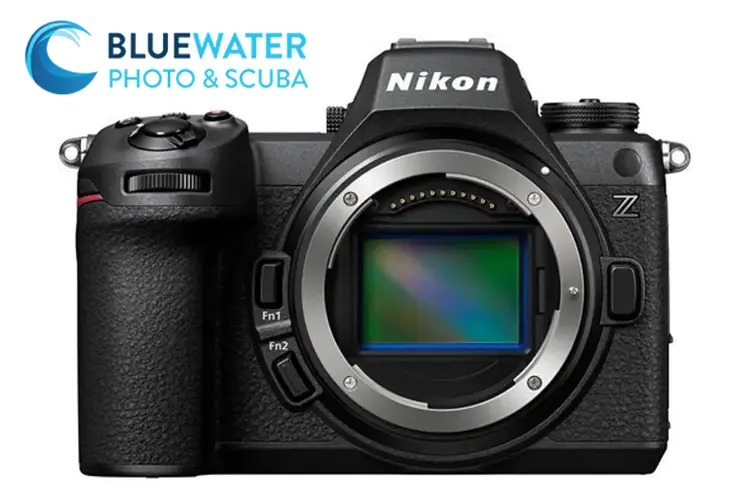
The Underwater Photography Guide’s editor-in-chief, Nirupam Nigam, reviews Nikon Z6 III – a versatile hybrid for underwater photographers and videographers
By Nirupam Nigam
Nikon’s Z6III full-frame mirrorless camera combines advanced technology with accessible features, offering a powerful yet user-friendly experience. It’s especially suited to Nikon DSLR users contemplating the switch to mirrorless, as it brings updates in autofocus, image stabilisation, and video recording – all key improvements inherited from Nikon’s Z9 and Z8 series.
The Z6III boasts a new sensor touted as ‘the world’s first partially stacked CMOS sensor’, designed to enhance processing speeds and minimise rolling shutter effects.
However, recent sensor tests indicate a slight reduction in dynamic range at lower ISO compared to the Z6II, which may concern some photographers. Underwater shooters, particularly those who shoot wide-angle scenes with high contrast (such as ‘sunballs’), might notice this in extreme cases.
We conducted thorough testing of the Z6III in an Ikelite Z6III underwater housing while diving our favourite local sites in Southern California, pushing the limits of dynamic range to demonstrate the camera’s performance in the area it has been most critiqued. (Thank you to Dave at Diving Catalina for supporting this review!)
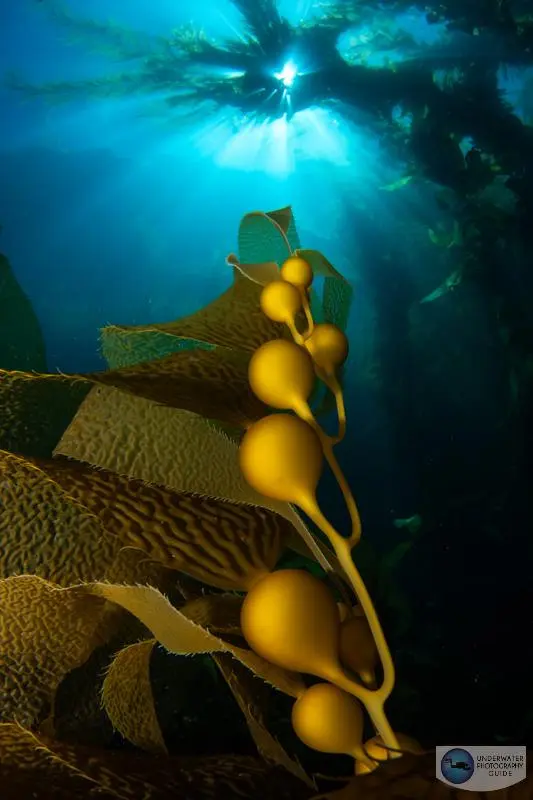
Nikon Z6 III key specifications
- 24.5 MP full-frame partially stacked CMOS sensor
- 5-axis in-body image stabilisation (up to 8 stops)
- EXPEED 7 processor for faster performance
- Z lens mount (compatible with F mount lenses and FTZ adapter)
- 14 fps burst shooting with mechanical shutter and 20 fps with electronic shutter
- 6K/30p, 5.4K/60p, and 4K/60p oversampled video recording
- N-Log, N-RAW, and ProResRAW recording
- Full-size HDMI 2.1 connector
- 1/200 second sync speed
- Enhanced autofocus with subject detection and tracking
- Low light AF sensitivity down to -10 EV
- 10.46 stops of dynamic range at ISO 100
- Dual card slots: CFexpress type B and UHS-II
- Dimensions: 5.5 in x 4 in x 3 in
- Weight: 670 g
A closer look at the Nikon Z6III’s new sensor

With a similar resolution to its predecessors, the Z6III features Nikon’s first ‘partially stacked’ sensor with 3.5x faster readout speeds than the Z6II.
Rolling shutter is nearly eliminated, an advantage for shooting fast-moving subjects in action, wildlife, and underwater photography. Expect crisper images of dolphins, sharks, or sailfish when their speed typically challenges the camera’s performance.
One downside is the Z6III’s reduced dynamic range at lower ISO. In most lighting situations, photographers would be unlikely to notice this. However, many underwater environments require as much dynamic range as possible.
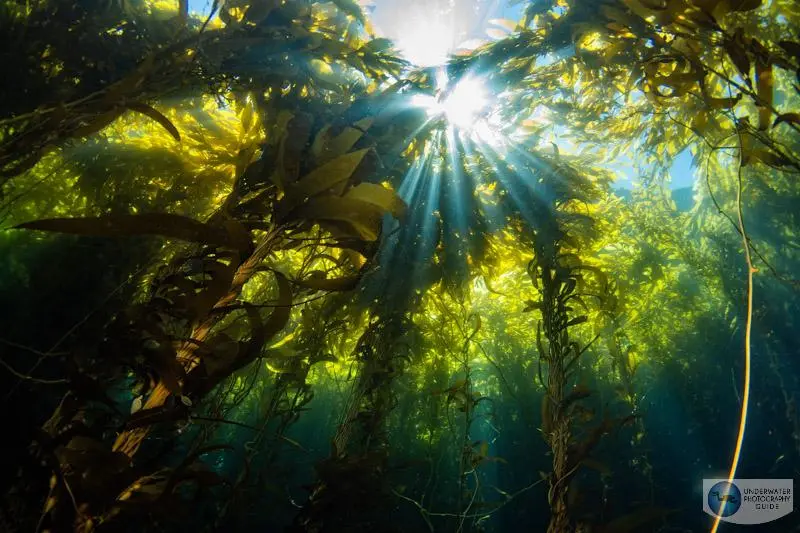
Our testing concluded it is difficult to see a loss in dynamic range in a properly exposed photo; however, in an overexposed photo (above), recovery was slightly more difficult than it would be with the Nikon Z6 or Z6II. In our opinion, this encourages proper photographic techniques rather than being a drawback of the camera.

Improved autofocus
One of the Z6III’s most significant improvements is in autofocus. While the Z6 and Z6II had solid autofocus systems, they often lagged behind competitors like Sony and Canon. With the Z6III adopting the same autofocus system as Nikon’s flagship Z8 and Z9 cameras, tracking and subject detection are much quicker and more accurate.
During underwater testing, focusing on small or fast-moving subjects, like a pyrosome floating in the open water (below), was quick and reliable, making it a game-changer for underwater macro and action photography.
I can’t emphasise enough how much of an improvement the autofocus system is compared to the Nikon Z6II. Even the autofocus box is smaller and more accurate than on the Z6II.
Nikon’s Z6III will produce images of a higher quality when shooting in difficult conditions, such as blackwater diving. This level of precision puts Nikon back in competition with Sony’s α7 IV and Canon’s R6 Mark II in the $2500 price range.
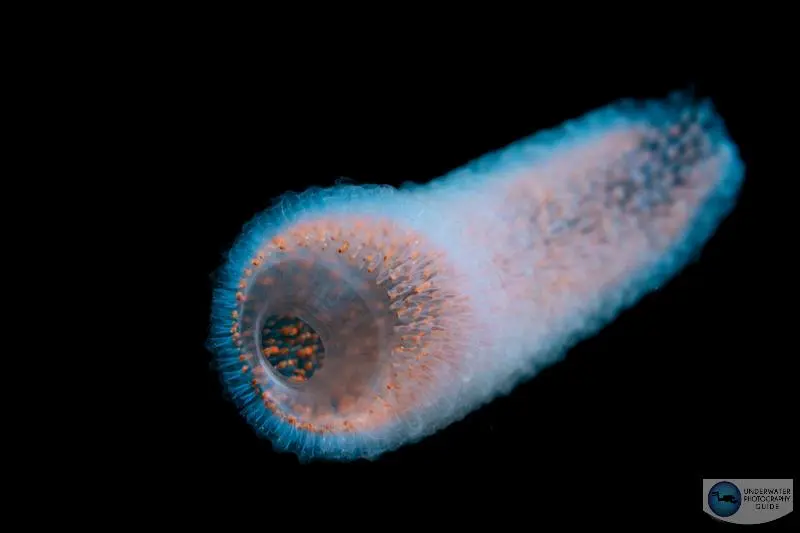
In-Body Image Stabilisation (IBIS)
The 5-axis IBIS on the Z6III, offering up to 8 stops of correction, is another major highlight. It allows photographers to shoot at slower shutter speeds without introducing motion blur from camera shake.
This is particularly useful for underwater photographers shooting in low light, where higher ISO is needed, or in conditions where slower shutter speeds can help capture more ambient light for dramatic wide-angle shots.
During our tests in the kelp forests of Catalina Island, we were able to shoot crisp, blur-free images at 1/30s – a testament to the Z6III’s IBIS capability. For underwater videographers, this stabilisation makes handheld shooting much smoother, delivering high-quality cinematic footage.

Category-leading video features
Nikon’s Z6III also shines in the video department. It supports 6K/30p and 4K/60p oversampled video recording with options for N-Log, N_RAW, and ProRes RAW formats. This flexibility is ideal for high-end video production, and the ability to shoot in 4K/60p with no crop makes it a competitive choice for mid-range full-frame cameras.
Though Nikon has historically struggled with setting manual white balance in deeper underwater conditions, we were able to achieve solid results up to 60 feet during our dives.
While the colours still don’t quite match those of Sony or Canon cameras, Nikon has significantly improved in this area. No doubt, following their acquisition of RED, Nikon intends to focus on video innovation in the near future.

Underwater housings
Thanks to the popularity of Nikon’s Z-series cameras, several top brands have already released housings for the Z6III, including the anodised aluminium Nauticam Nikon Z6III underwater housing and polycarbonate Ikelite Nikon Z6III underwater housing.
The Ikelite housing, which we used for our tests, is particularly noteworthy for its user-friendly controls, updated dial design for more effortless operation with gloves, and built-in charging and data transfer bulkhead. We expect upcoming releases from other major manufacturers, such as Marelux, Isotta, and Aquatica.
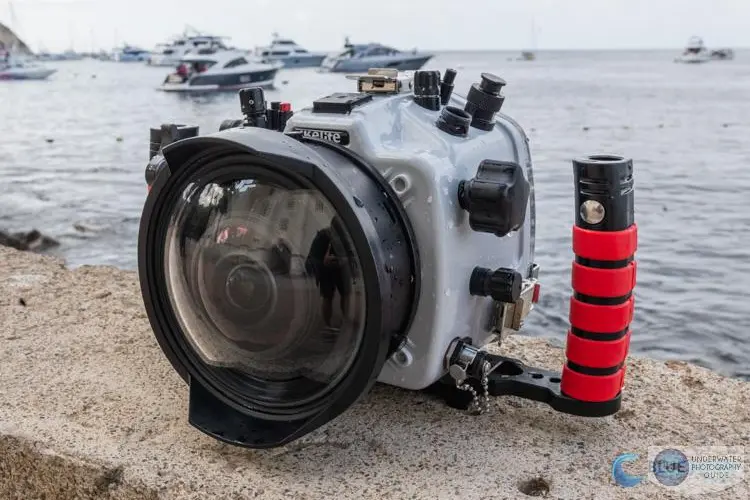
Recommended underwater lenses for the Nikon Z6III
The Z6III’s versatility extends to lens compatibility, with both Z-mount and F-mount lenses (via the Nikon FTZ adapter) performing exceptionally well underwater. Here are some top choices:
Macro lenses:
- Nikon Z 105mm f/2.8 macro: One of the sharpest macro lenses available, although slightly slower than the F-mount version. Its enhanced autofocus makes it my top pick for macro photography.
- Nikon F 105mm f/2.8 macro (with FTZ adapter): Faster than, but not as sharp as, the Z-mount, the F 105mm is perfect for sneaking up on shy macro subjects due to increased working distance.
- Nikon F 60mm f/2.8 macro (with FTZ adapter): Closer focus makes it my favorite choice for blackwater photography. You can also get a 154-degree field of view when paired with the Kraken KRL-09s wide-angle conversion lens.

Wide-angle lenses:
- Nikon F 8-15mm fisheye lens (with FTZ adapter): My favorite fisheye lens, it offers a range of views for close-up reef shots and wide-angle scenes. Perfect for capturing colorful details of reef subjects.
- Nikon Z 14-30mm rectilinear wide lens: Ideal for subjects at a greater distance, such as dolphins and sharks, producing sharp corners. It transforms into a fisheye lens when used with the Nauticam FCP-1.
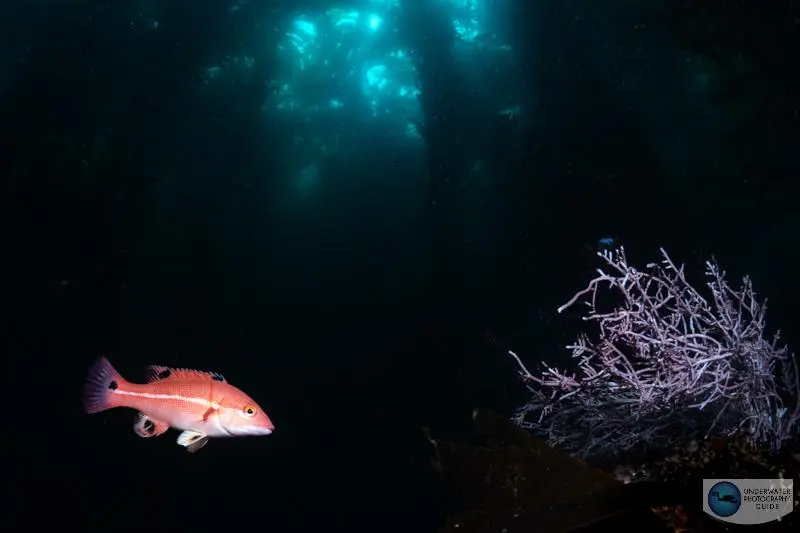
Conclusion: Nikon’s return to form
The Nikon Z6 III marks a significant step forward in Nikon’s mirrorless journey, offering an excellent balance of still and video features. Its improved autofocus, in-body image stabilisation, and video capabilities make it a strong contender against Sony and Canon models in the same price range.
For underwater photographers and videographers, it provides the tools necessary to capture high-quality, professional images and footage, even in challenging conditions.
While the reduction in dynamic range has raised some concerns online, our tests show that it’s not a deal-breaker for most underwater scenarios. As long as you expose your images properly, the Z6 delivers impressive results, making it one of the best mid-range full-frame cameras on the market today.
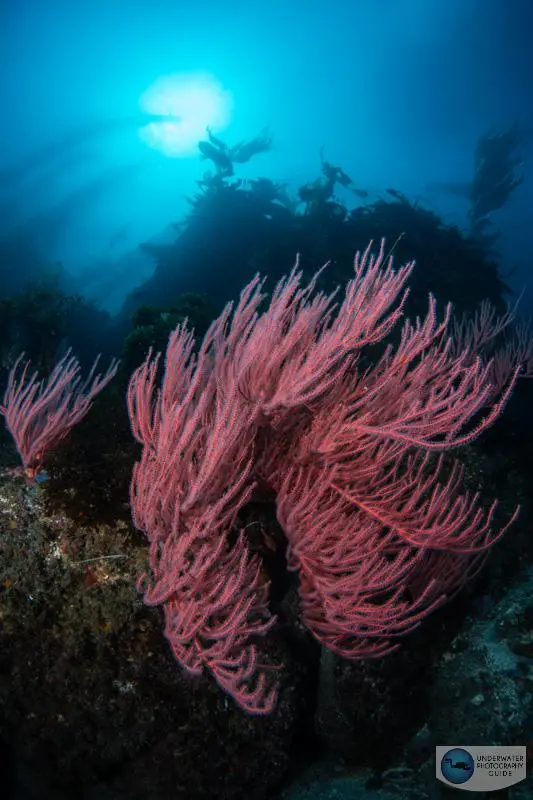
MSRP Nikon Z6 III: $2499
www.bluewaterphotostore.com
Nirupam Nigam is an underwater photographer and fisheries scientist, Editor-in-Chief of the Underwater Photography Guide and the President of Bluewater Photo. Check out Nirupam’s photography at www.photosfromthesea.com.


